PRODUCTS
Water and Fertilizer Management for High-yield Potato
Water and Fertilizer Management for High-yield Potato
Potato is a high-yield crop, and its yield per hectare is generally 45,000-90,000 kg, so it needs more fertilizer. Relevant research shows that 2.5 kg of nitrogen, 1.0 kg of phosphorus and 4.5 kg of potassium should be absorbed per 500 kg of tubers. Therefore, to increase the yield of potatoes, the amount of fertilizer must be increased appropriately.
What is high yield? The definition of high yield is to promote the productivity, economic benefits and sustainability of potato production system and minimize the adverse effects on the environment.
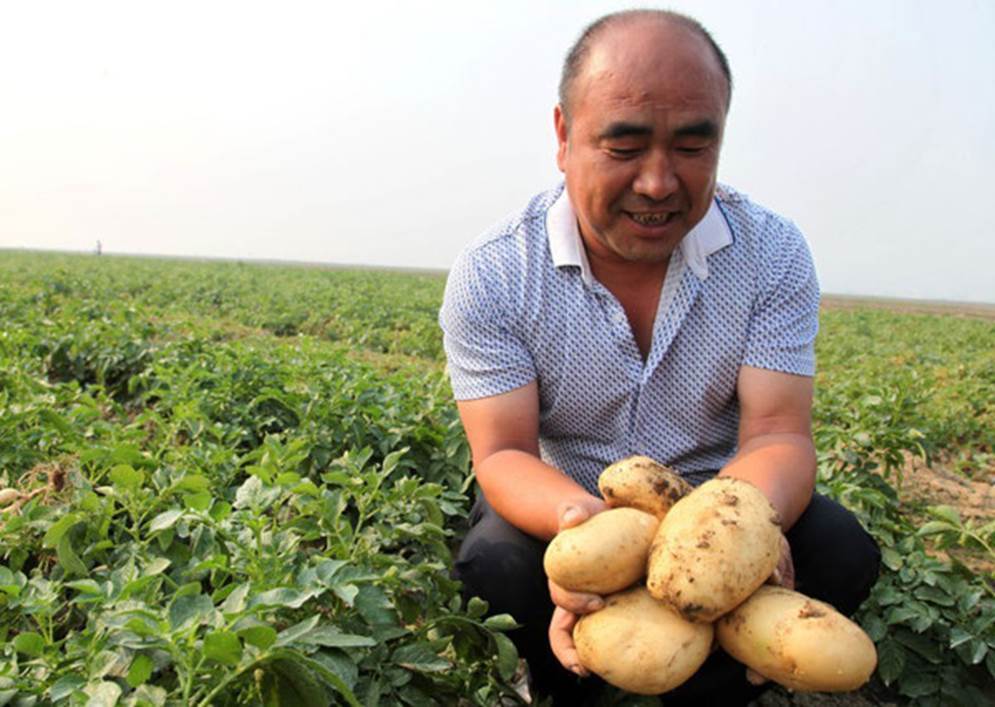
Understanding the nutrient requirements of high-yielding potatoes is essential for nutrient management. According to the nutrient requirements in different periods, targeted use and supplementation of relevant fertilizers can increase yields.
1. Growth Period
1.1 Seedling period
At this stage, seed potatoes can provide the energy and nutrients needed for their growth, until the roots and shoots are grown, and photosynthesis begins, so no additional nutrients are needed.
1.2 Vegetative period
At this stage, photosynthesis provides energy for crops, and the root system expands rapidly to absorb water and nutrition.
1.3 Tuber formation period
Changes in hormones allow crops to absorb a lot of carbohydrates to form tubers. At this stage, an adequate supply of nutrients is very important for the formation of tubers. If tubers cannot form effectively at this time, it will severely limit potato yield, so we should pay attention to the supplement of fertilizer and the growth of crops.
1.4 Tuber expansion period
Tubers in this period are the main reservoirs of carbohydrates and nutrients, and they develop very rapidly, their weight grows at a rate of 272-455kg/ha per day, and the nutrient absorption reaches its peak.
1.5 Mature period
So far, further nutrient absorption has basically stopped, but nutrients are still being transferred from other parts of the plant to the tubers. The other nutrient parts of the plant need to be healthy enough to continue to provide carbohydrates to mature tubers.
2. Nutrients
Nitrogen
Providing sufficient nitrogen for growing plants is the key to high yields. Appropriate nitrogen management affects almost all important traits related to tuber yield and quality, including tuber size, quality grade, and storage quality. Both insufficient and excessive nitrogen may have adverse effects. Potato's available nitrogen may come from applied nitrogen fertilizer, organic matter (including animal manure and crop straw), irrigation water and inorganic nitrogen in the soil before planting.
All of these potential nitrogen sources should be taken into account when calculating the nitrogen fertilizer usage.
Phosphorus
Phosphate fertilizer is needed for potato production in most areas, because it is particularly important for early plant development and rapid tuber growth. The additional phosphorus requirement can be determined by soil testing before planting and monitoring of plant tissues during the growth cycle.
Potassium
The growth of potato needs a lot of potassium, because potassium is very important for the transportation of sugar from leaves to tubers, as well as the metabolic functions such as the conversion of sugar into potato starch. Potassium deficiency will reduce potato yield, tuber size and quality.
Compared with K2SO4 or KMgSO4, the percentage of dry matter (specific gravity) of tubers decreased when KCl was applied in large quantities.
3. Dosage
Nitrogen
Adequate nitrogen is very important for the early vegetative growth of potatoes, but excessive nitrogen in the later stage will inhibit tuber germination, reduce yield, and in many cases will reduce specific gravity. Usually before or during planting, the amount of nitrogen fertilizer applied is less than half of the total nitrogen. During the growth cycle, the topdressing of nitrogen fertilizer will not be carried out until the roots are developed to make full use of the additional nitrogen.
Phosphorus
Phosphorus plays an important role in plant health and root development, which directly affects yield and quality. Because the root system of potato is shallow, its demand for phosphorus is often more than that of many field crops. The application amount of phosphate fertilizer should be adjusted according to the physical and chemical properties of soil. The free lime (calcium carbonate) in the soil prone to react with phosphorus, which will make some phosphate fertilizer ineffective for plants. Therefore, for every 1% lime in the soil, the application amount of phosphate fertilizer will usually increase by 4.5kg/ha.
Potassium
Potato growth requires a lot of potassium, which affects the transportation of sugar from leaves to tubers and the conversion of sugar into potato starch. During the peak period of vegetative growth, potatoes can consume 6.6kg/ha every day. It is recommended to apply K2O no more than 136kg/ha at one time to prevent seedlings from salt damage.
4. Reasonable fertilization
4.1 Adequate base fertilizer
The fertilization of potatoes is based on base fertilizer, which generally accounts for 40%-50% or more of the total fertilization. It is usually applied with organic fertilizer and chemical fertilizer and combined with soil preparation or soil covering. Potatoes absorb more nitrogen and potassium in the early stage of growth. Therefore, adequate nitrogen and potassium fertilizers should be applied on the premise of appropriate phosphorus supplementation. Generally, high potassium compound fertilizers of about 1200kg/ha are recommended.
4.2 Early topdressing
According to the fertilizer requirement of the potato, the effect of topdressing combined with weeding, soil cultivation and rainfall before budding is better. Early-maturing varieties should be topdressed in the early stage to improve the population photosynthetic productivity. No topdressing of nitrogen fertilizer after flowering to prevent the increase of nutrient consumption caused by excessive growth of stems and leaves. Topdressing with potassium fertilizer as the main fertilizer and nitrogen fertilizer as supplement can effectively increase photosynthetic area, promoting tuber expansion and increasing yield. It is recommended to use 15-6-20, 12-12-17 and other similar compound fertilizers. The characteristics of these fertilizers are high potassium, medium nitrogen, and low phosphorus, which basically meet the nutrient requirements of potatoes during the topdressing period.
4.3 Appropriate topdressing
There is also a large requirement for medium and trace elements such as calcium, magnesium and sulfur in potatoes, so topdressing should be carried out in time to improve the resistance and yield of potatoes in combination with the local soil fertility and potato growth. In this period, high-potassium flushing fertilizer was mainly used, and it was generally flushed with watering twice after flowering.
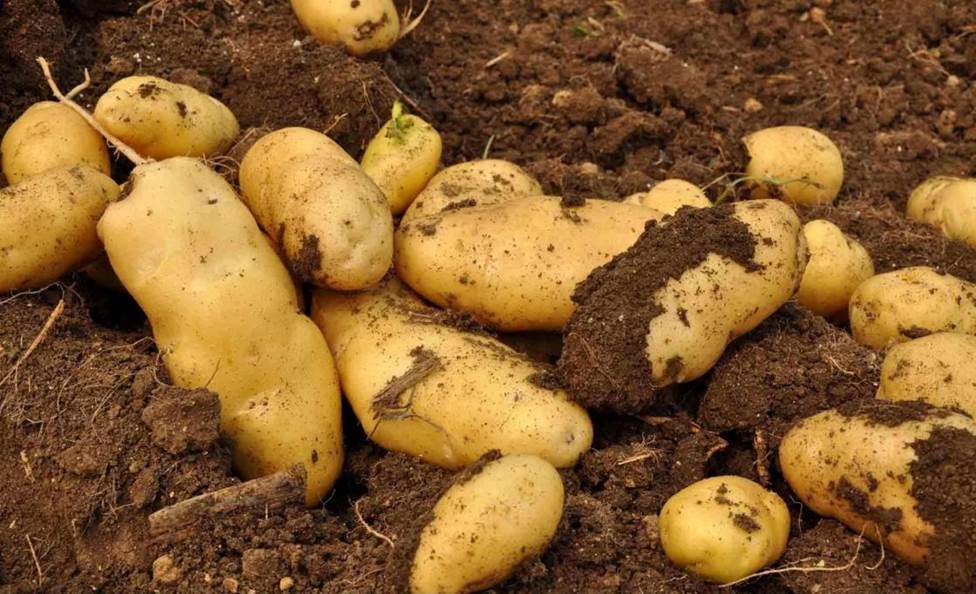
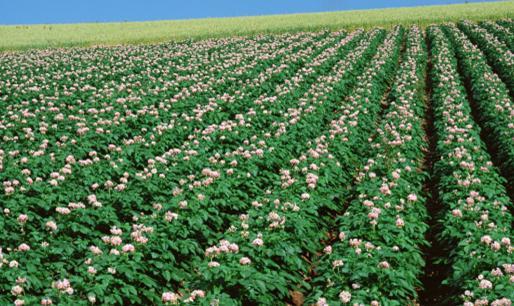
The above contents summarize the current research results for the reference of growers. In a word, potato, as a high-yield crop, needs more fertilizer, especially potassium fertilizer and nitrogen fertilizer. However, a large amount of fertilizer needs does not mean that a large amount of fertilizer can be applied blindly, but should be applied in a timely and reasonable manner according to local soil fertility, so as to effectively improve crop yield and economic benefits and reduce production costs.
previous

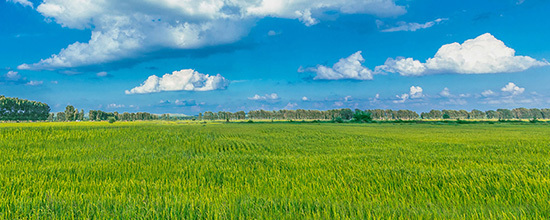
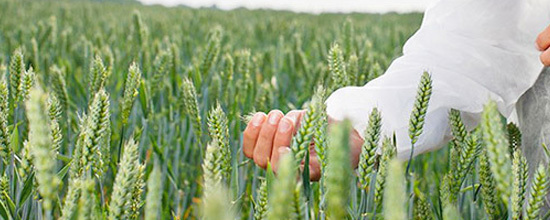


 LANGUAGE
LANGUAGE